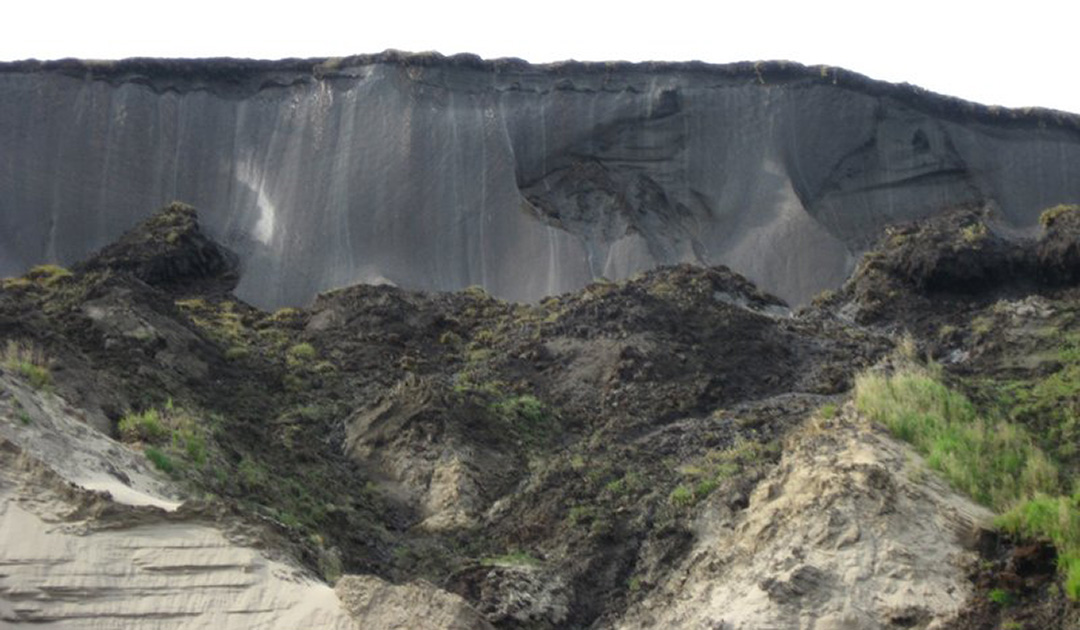
Arctic permafrost plays a significant role in global warming, climate scientists agree. Still under debate, however, is the amount of greenhouse gases that will be released as a result of thawing soils. In a recent study, German scientists from the University of Cologne, the University of Hamburg, Helmholtz-Zentrum Potsdam – Deutsches GeoForschungsZentrum and the University of Potsdam determined the origin (organic or inorganic) and amount of carbon dioxide released from millennia-old Yedoma permafrost in northeastern Siberia. They uncovered previously unaccounted for carbon stocks that could fuel global warming. The study was published in the journal Frontiers in Earth Science and is part of the German-Russian collaborative project “Kopf – Kohlenstoff im Permafrost”.
The Arctic is warming at a much greater rate than other regions due to global climate change, which is also causing permafrost soils to thaw. Particularly affected is the so-called Yedoma permafrost, whose sediments were deposited in non-glaciated areas of the Arctic during the late Pleistocene and early Holocene. At 327 to 466 gigatons, Yedoma contains more than a quarter of the organic carbon stored in circum-Arctic permafrost (1,300 to 1,600 gigatons) and is composed of up to 80% ice. This ground ice can thaw very abruptly and destabilize and collapse the subsoil. Such processes, known as thermokarst, make carbon previously stored in the frozen ground accessible to micro-organisms, which break it down and release it as carbon dioxide and methane. The greenhouse gas release amplifies global warming, which is known as permafrost-carbon feedback.
So far, it is not clear how well the ancient carbon that has been frozen in permafrost for thousands of years can be degraded. To find out, the research team took carbon dioxide samples at the Siberian investigation site on the Lena River using specially designed equipment in which carbon dioxide can be stored airtight and transported manner for long periods of time so that the samples can be safely transported to the research laboratory. The researchers determined the age of the carbon dioxide using the radiocarbon method. In addition, they analysed the non-radioactive carbon isotopes. Both parameters were then used to calculate how much old and young, as well as organic and inorganic, carbon had been decomposed in the thawing permafrost.

A large proportion of the carbon – up to 80% – comes from ancient organic matter that was freeze-locked into the sediments more than 30,000 years ago. This means that vegetation remains that died thousands of years ago have been well preserved in the frozen sediment, making them an attractive food source for micro-organisms in the thawing permafrost.
In addition, the team found out for the first time that up to 18% of carbon dioxide comes from inorganic sources. “We did not expect that this previously unnoticed carbon source would account for such a high proportion of the total amount of greenhouse gases released,” says Jan Melchert, a doctoral student at the Institute of Geology and Mineralogy at the University of Cologne, and the study’s first author. For more precise climate predictions, it would be necessary to take this source into account. Future research will have to clarify where exactly the inorganic carbon in the yedoma comes from and through which processes it is released.
Julia Hager, PolarJournal / Original text: Press release University of Cologne
More on the subject:





